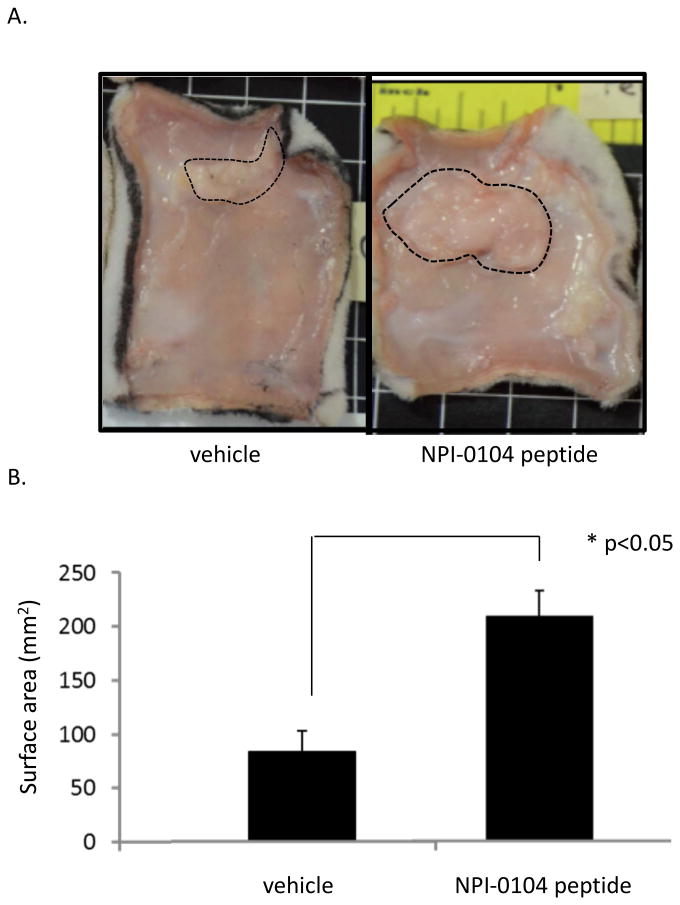Figure 7. RHAMM function blocking peptides promote formation of subcutaneous fat pads in the dorsal skin of female rats.
A. The NPI-0104 peptide was mixed with a rat tail collagen I gel as described in Methods and injected subcutaneously into the right dorsal skin. Collagen gel only injected into the alternate side of the same rat served as a negative control. Fat pads were photographed 7 days later. B. The areas of fat pads such as shown in the images were quantified using image analysis. The NPI-0104 peptide significantly increases the fat pad area when compared to the vehicle control. Values are the mean and S.E.M. of n=5 rats. The asterisk indicates significant differences between means (p<0.05), p value indicates the level of statistical significance using a two-tailed Student's T test

